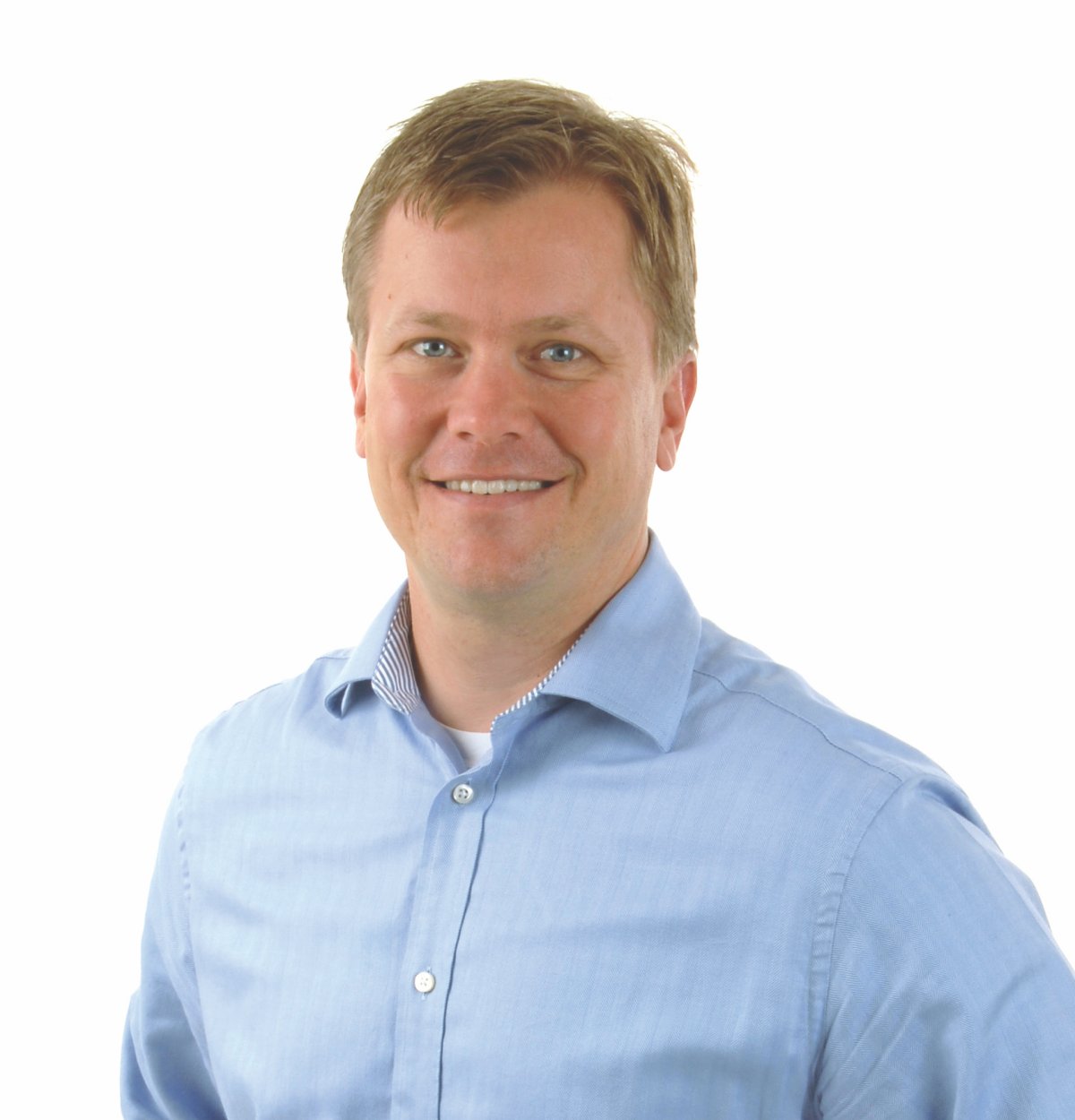Professor Alan Heyduk
Department of Chemistry
University of California, Irvine
H-atom and Hydride Transfer Reactivity of Coordination Complexes with Redox-Active Ligands
Redox-active organic molecules of the ortho-quinone family have long been known to engender interesting electronic properties when bound to metal ions. The term electronic “non- innocence” was coined to describe those coordination complexes in which the frontier orbitals of the coordinated ligand were spatially and energetically proximate to the frontier orbitals of the metal ion, resulting in elaborate redox manifolds that could not be described adequately using traditional metal oxidation state and d-orbital electron-count models. The rich redox chemistry of these metal complexes presaged diverse reactivity patterns, and coordination complexes with redox-active ligands have been deployed in a variety of stoichiometric and catalytic reactions where the ability to mediate multi-electron bond-making and bond- breaking steps is critical. More recently, we recognized that many redox-active ligands can store one or more protons in addition to their ability to store redox equivalents. This talk will include recent results from our lab to benchmark the thermodynamic and kinetic parameters of proton-coupled electron-transfer (PCET) reactions of coordination complexes with redox-active ligands. The goal of this endeavor is to develop molecules that can effect net H-atom or hydride transfer and to apply this reactivity to the oxidation or reduction of fundamentally-interesting and practically-important small-molecule substrates.
Alan Heyduk
Alan Heyduk was born and raised in the northeast suburbs of Cleveland, Ohio. A first-generation college graduate, he received his B.S. in Chemistry from The Ohio State University where he did undergraduate research on the photochemistry of [CpFe(CO)2]2 with Professor Bruce Bursten. Upon graduation he joined a now defunct start-up company, Commodore Environmental Services, that developed remediation chemistry for halogenated organic waste streams. After a year in “the real world,” he returned to school, and in 2001 he earned his PhD from MIT under the guidance of Professor Dan Nocera, for his study of the photochemical cleavage of hydrohalic acids by two- electron mixed-valence complexes of rhodium. An NIH postdoctoral fellowship studying C–H bond activation with Professor John Bercaw at Caltech led to a faculty position at UC Irvine, where he started in 2003 and where he is currently a Professor in the Department of Chemistry.
